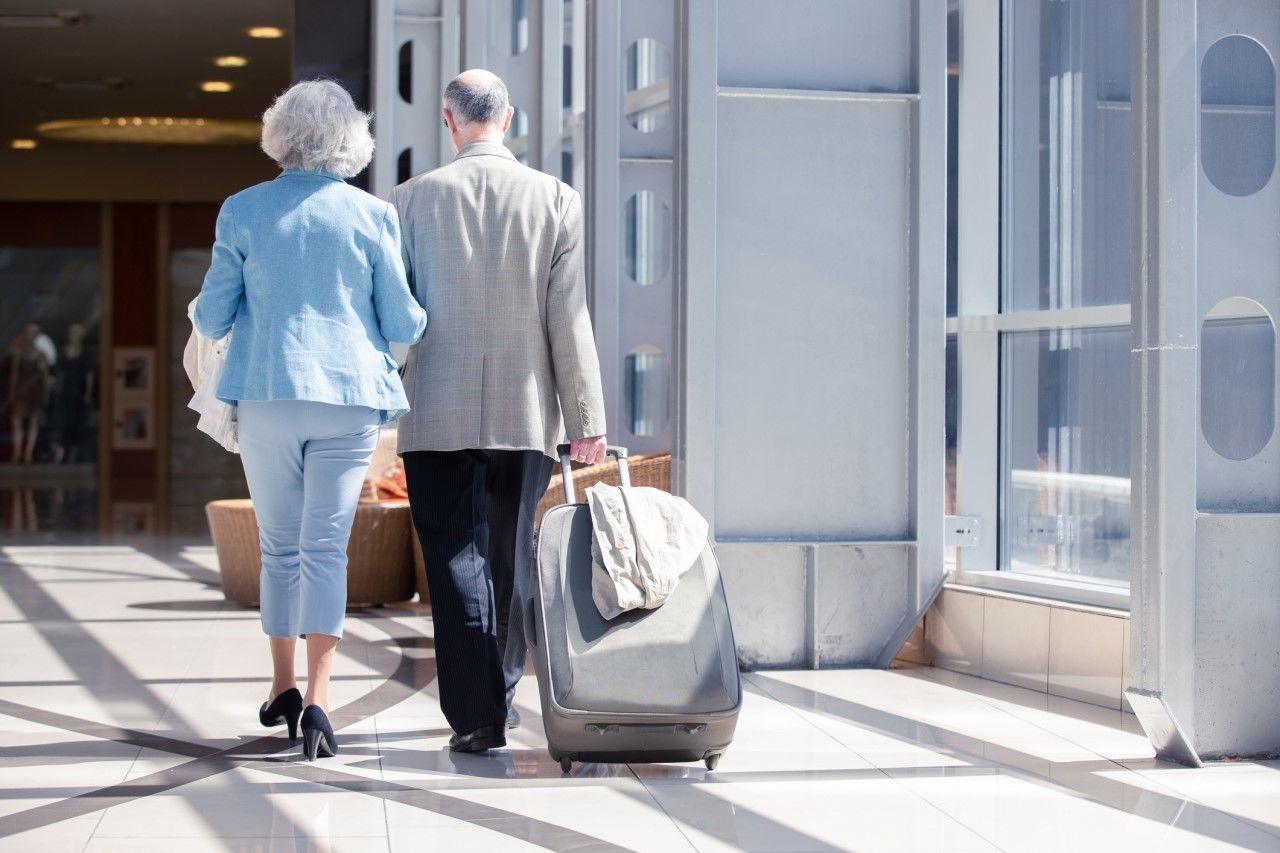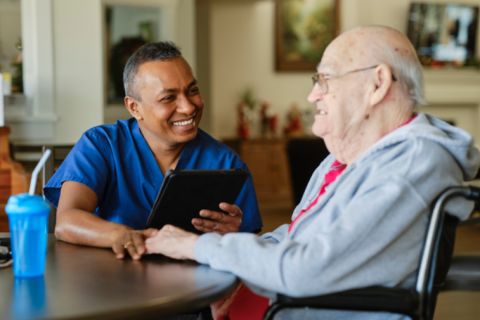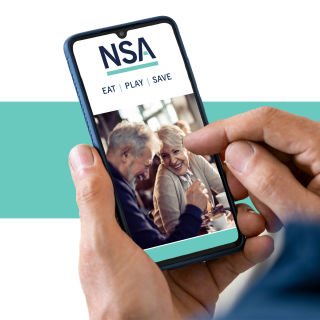The pain of travelling with medical devices
Here’s what you need to know about your medicines and health devices before you leave home.

Helpful links for travellers
Many different Australian Government organisations have a role in overseeing travelling with medicines and medical devices.
For further information, you may wish to contact one of the following organisations:
Department of Foreign Affairs and Trade for travel advice on the country you are visiting.
Services Australia has Medicare’s guidelines for travelling with Pharmaceutical Benefits Scheme medicines.
Smartraveller has guidelines for travelling with prescription medicines.
TravelSECURE notes restrictions and exemptions for liquids, aerosols, and gels on international flights
Department of Home Affairs has information about arriving in or departing from Australia.
Australian Border Force has guidelines for what you can and can’t bring into Australia.
Have you noticed that travelling overseas as you age, the suitcases is getting bigger but the space available for clothes, shoes, and comfortable, enjoyable things is getting tighter?
So much space is taken up with medication boxes and bottles, sprays, liquids, medical devices, and, if you are so minded, fitness do-dads such as resistance bands and even trigger point balls.
I’m beginning to wonder who the old man is that’s taking over my luggage and whether I should just pay extra for another suitcase.
It’s not just organising space that’s an unexpected hassle, but the rules and regulations that go with it.
Airport security demands we comply with regulations that expose to strangers all the ailments, and body conditions, I’d rather keep to myself.
Once it was just the mobile phone I’d have to declare and show, then the tablet. Now, it’s plastic bags of pills, syrups, and medical devices powered by pesky batteries and power banks that scream at security guards, “Look at me!”
The Department of Health, Disability and Ageing, has recently updated its guidance and resources for travellers.
It includes pathways to medical device information:
- Travelling with medical devices: advice for people entering or leaving Australia with their devices.
- Importing medical devices: clear rules on what consumers need to know when bringing devices into the country.
- Alerts: a searchable list of safety alerts, such as recalls, including those related to devices.
- Breast implant hub: a dedicated area with the latest safety and regulatory information.
- Reporting issues: pathways for consumers to report problems like side effects, defects, illegal imports, and non-compliant advertising related to medical devices.
Did you know, we don’t get to choose how we are screened? By entering a screening point, you are legally considered to have consented to all screening methods except frisk search, which requires specific consent.
Full body scanners are being introduced at most airports, replacing walk-through metal detectors. These scanners are considered safe for travellers and staff, and there are no known safety concerns to people with active implantable medical devices.
However, some medical devices – such as insulin pumps and continuous glucose monitors – may be affected by certain screening methods. Check your device manufacturer’s advice before flying. Some devices should not go through ionising X-ray scanners, while others require specific preparation.
If you are travelling with a pacemaker or insulin pump, let the security officer know before screening. You should:
- Carry a letter from your doctor confirming your condition and use of the device
- Show the letter to the screening officer
- Request a private screening if needed (you have the right to ask for a room and officer of the same gender).
Security officers must not remove or interfere with your medical device.
If you need to carry needles or syringes, you must bring:
- A doctor’s letter or medical certificate
- Only the amount needed for your flight (plus some extra for delays) in your carry-on baggage.
Put the rest in your checked baggage.
Empty syringes are only allowed in carry-on baggage if the associated medication is also carried. Present your documentation at the checkpoint and notify cabin crew when boarding.
If you are travelling with an ostomy bag, tell the screening officer about it and show your supporting documents. You can request a private screening if required.
You may bring ostomy supplies, such as pouches and flanges, in your carry-on bag. These will be screened as needed. Visit the Australian Council of Stoma Associations website for more information.
If you are travelling with mobility aids, such as crutches, wheelchairs, and mobility scooters, the permitted size and weight limits vary between airlines.
Check with your airline before flying to make sure your aid can be stored and used on the aircraft.
Medical devices like mobility scooters and oxygen concentrators often use batteries that must be stored safely. Ask your airline whether batteries should be removed, how to store spare batteries, and whether there are limits on battery quantity and type.
If you need to use equipment like CPAP machines or ventilators during your flight, or plan to travel with oxygen cylinders, check with your airline ahead of time. They will tell you what approvals or forms are needed, if onboard power is available, and what storage rules apply.
Before you travel:
- Talk to your doctor about how airport screening might affect your medical device or medication
- Carry a doctor’s letter or medical ID card that lists your condition, devices, and medicines
- Leave medicines in their original packaging, with the name on the label matching that on your boarding pass
- Pack only what you need for the flight (plus some extra) in your carry-on
- Put the rest of your medication in checked baggage.
Always follow your device manufacturer’s instructions for travel and airport screening. Carry a copy of this information with you.
If you’re wanting to have a medicine or device sent to you in Australia from overseas, you can legally import a three-month supply (at the maximum dose recommended by the manufacturer) of most therapeutic goods for personal use under the Personal Importation Scheme.
Related reading: TGA














